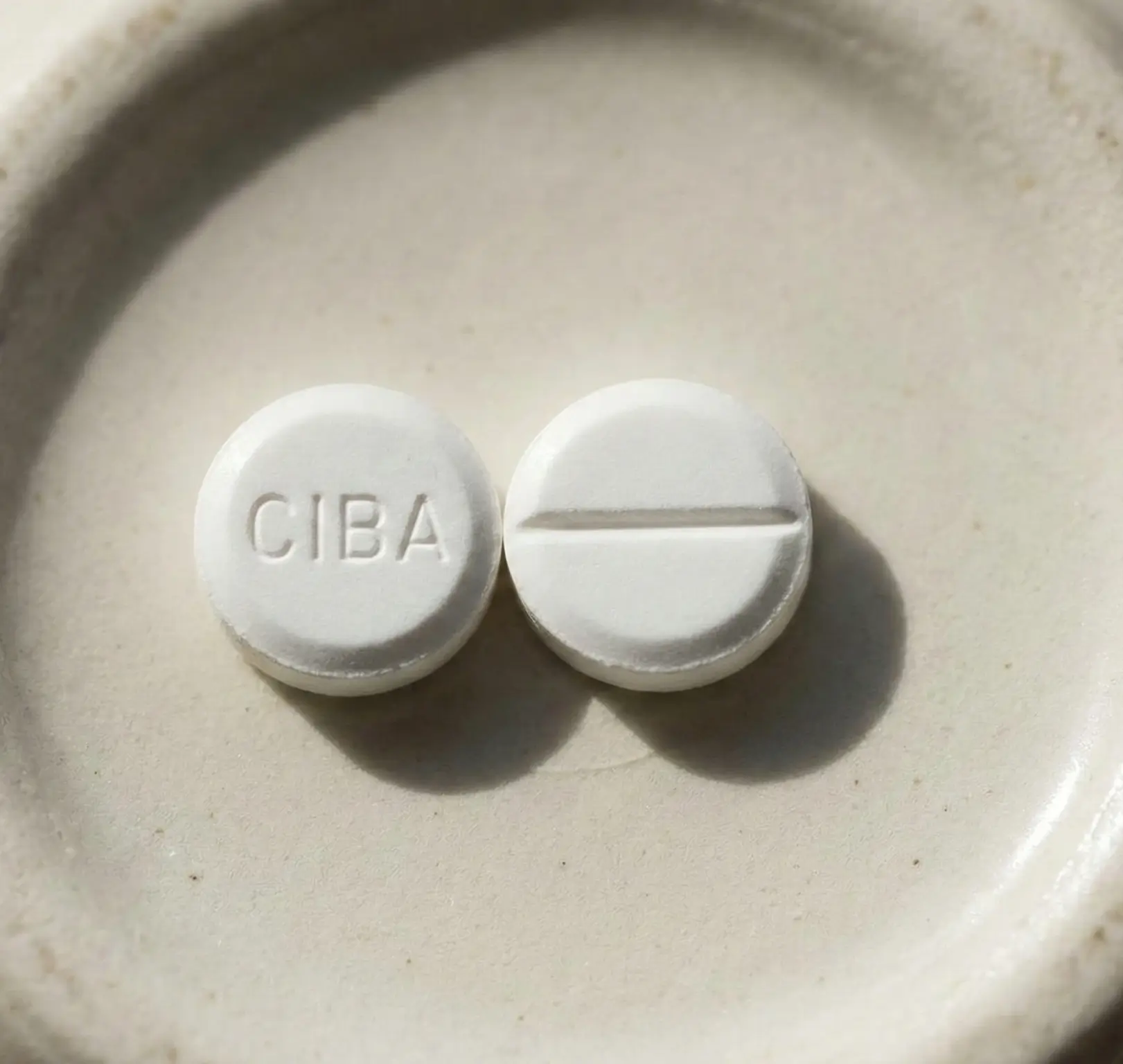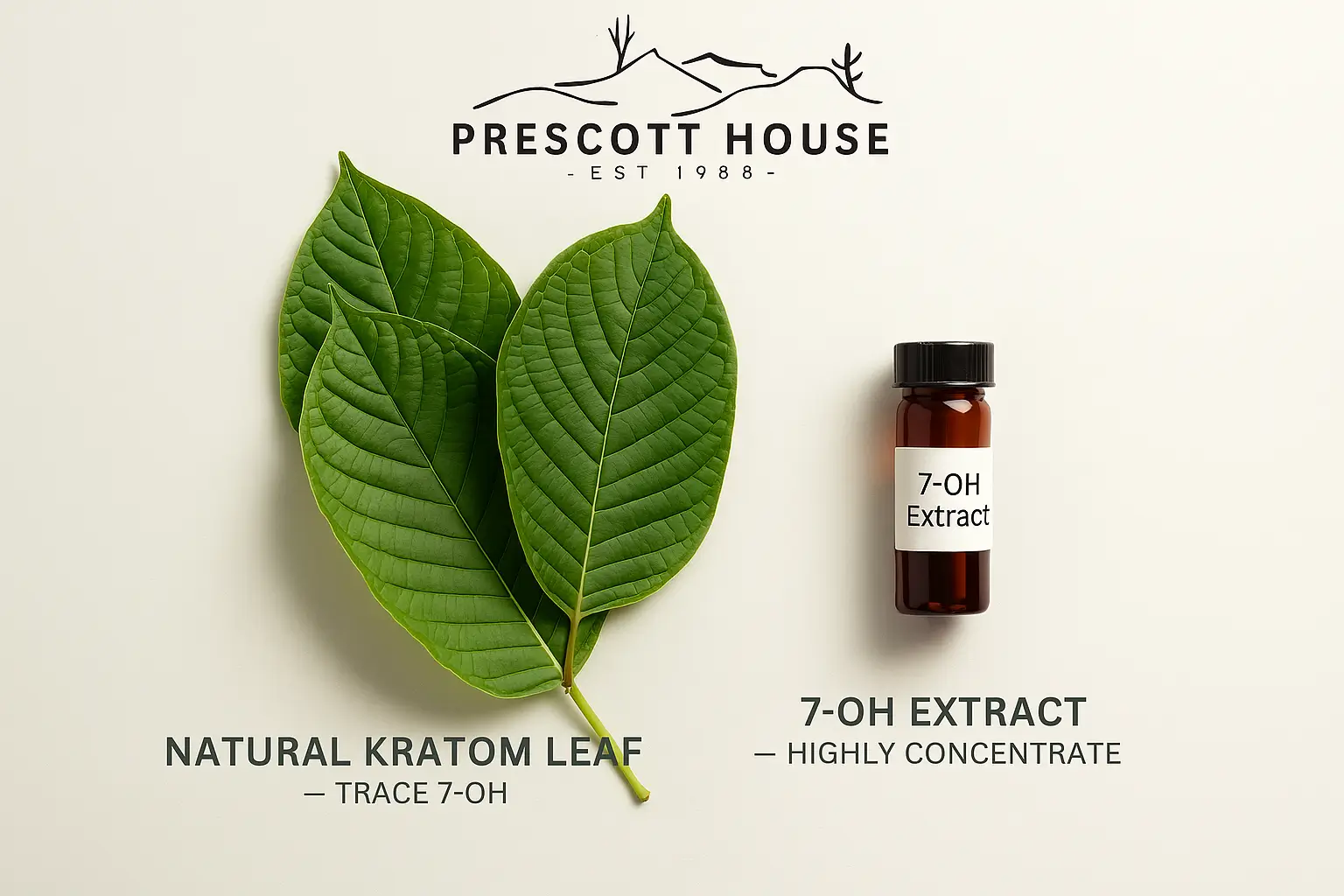Understanding Addiction
In order to comprehend the importance of substance use treatment centers, it is crucial to have a clear understanding of addiction and the prevalence of substance use disorders.

Definition of Addiction
Addiction, also known as substance use disorder, refers to a chronic and relapsing condition characterized by the compulsive use of drugs or alcohol despite negative consequences. It is considered a complex brain disorder that affects the way a person thinks, behaves, and interacts with others.
Addiction is marked by a loss of control over substance use, leading to harmful consequences in various areas of life, including relationships, work or school performance, and physical and mental health. It is important to note that addiction is not simply a matter of willpower or moral weakness; it is a medical condition that requires proper treatment and support.
Statistics on Substance Use Disorders
Substance use disorders have a significant impact on individuals and society as a whole. According to estimates from American Addiction Centers, in 2017, approximately 20.7 million Americans needed treatment for substance use disorders, but only 2.5 million received specialized substance use treatment. This gap highlights the need for increased access to treatment services.
A recent survey conducted by the same organization revealed that addiction, or substance use disorders, affected more than 20 million Americans aged 12 and older. These statistics emphasize the widespread nature of addiction and the urgent need for effective treatment and support.
To gain a comprehensive understanding of substance use treatment centers and their role in addressing addiction, it is important to consider the data collected by organizations such as the Substance Abuse and Mental Health Services Administration (SAMHSA). The National Survey of Substance Abuse Treatment Services (N-SSATS), conducted annually by SAMHSA, provides valuable information on the location, organization, structure, services, and utilization of substance abuse treatment facilities in the United States.
SAMHSA, the leading agency in the United States for mental health and substance use treatment, aims to promote mental health, prevent substance misuse, and provide treatments and supports for recovery. Their efforts focus on ensuring equitable access to quality treatment services and improving outcomes for individuals seeking help [2].
By understanding the definition of addiction and the prevalence of substance use disorders, we can better appreciate the importance of substance use treatment centers in addressing this widespread issue. These centers play a crucial role in providing comprehensive care, support, and evidence-based treatments to individuals seeking recovery from addiction.
Treatment Approaches
When it comes to substance use treatment, various approaches have proven effective in helping individuals overcome addiction. This section will explore three common treatment approaches: Cognitive Behavioral Therapy (CBT), Contingency Management, and Medication-Assisted Treatment (MAT).
Cognitive Behavioral Therapy (CBT)
Cognitive Behavioral Therapy (CBT) is widely recognized as a highly effective tool for addiction treatment. It focuses on exploring the relationship between a person's thoughts and actions, helping individuals modify negative thought patterns and develop healthier coping mechanisms. According to research, the skills learned in CBT sessions tend to have a lasting positive impact on individuals with substance use disorders, even beyond the completion of treatment.
CBT plays a crucial role in relapse prevention by helping individuals identify and manage triggers, develop strategies to cope with cravings, and build resilience against post-acute withdrawal syndrome. By addressing underlying issues and teaching practical skills, CBT equips individuals with the tools they need to maintain long-term sobriety.
Contingency Management
Contingency Management is a behavioral intervention that utilizes positive reinforcement to encourage abstinence and promote desired behaviors. It involves providing tangible rewards or incentives to individuals who achieve specific treatment goals, such as passing drug tests or attending therapy sessions consistently. This approach has been shown to be effective in promoting abstinence and increasing treatment engagement.
By reinforcing positive behaviors, Contingency Management helps individuals stay motivated and committed to their recovery journey. The rewards can vary and may include vouchers, prizes, or privileges that are meaningful to the individual. This approach has been particularly successful in treating substance use disorders, including addiction to opioids and stimulants.
Medication-Assisted Treatment (MAT)
Medication-Assisted Treatment (MAT) combines the use of FDA-approved medications with counseling and behavioral therapies to treat substance use disorders. MAT is a comprehensive approach that addresses the biological, psychological, and social aspects of addiction. It has been shown to be highly effective in reducing substance use, improving treatment outcomes, and minimizing the risk of relapse.
MAT is commonly used for opioid use disorder, alcohol use disorder, and in some cases, nicotine addiction. Medications such as methadone, buprenorphine, naltrexone, and acamprosate are prescribed as part of MAT, helping to reduce cravings, manage withdrawal symptoms, and prevent relapse. This approach is often combined with behavioral therapies, such as CBT and Motivational Interviewing, to provide holistic and individualized treatment.
Each of these treatment approaches plays a vital role in addressing addiction and supporting individuals on their path to recovery. It's important to note that treatment plans should be tailored to the unique needs and circumstances of each individual. By combining evidence-based therapies like CBT, innovative approaches like Contingency Management, and appropriate medication interventions through MAT, substance use treatment centers can provide comprehensive care to individuals seeking help for their addiction.
Challenges in Addiction Treatment
Addiction treatment can be a complex and challenging process, with individuals facing various obstacles on their path to recovery. In this section, we will explore three significant challenges in addiction treatment: relapse rates, treatment completion rates, and the impact of incarceration on treatment outcomes.
Relapse Rates
One primary concern in addiction treatment is the high rate of relapses within a short period, even after completion of intensive treatment programs. Studies have shown that approximately 50% of individuals may experience a relapse within the first 12 weeks after completing intensive inpatient programs that often last 4 to 12 weeks or more. Relapse rates for drug and alcohol use resemble those of other chronic diseases, with an estimated 40-60% of individuals relapsing while in recovery [5]. Recognizing relapse warning signs and having a relapse prevention plan in place are crucial aspects of maintaining long-term sobriety and minimizing the impact of relapses.
Treatment Completion Rates
Another significant challenge in addiction treatment is the completion of treatment programs. Less than 42% of individuals who enter treatment for drug and alcohol use successfully complete it. Numerous factors contribute to low completion rates, including personal barriers, lack of support systems, financial constraints, and the stigma associated with addiction. It is essential to address these barriers and provide individuals with the necessary resources, support, and addiction education programs to increase treatment completion rates.
Impact of Incarceration on Treatment
Incarceration can have a significant impact on addiction treatment outcomes. Studies have shown that when incarcerated individuals receive comprehensive drug or alcohol treatment in prison and continue with continued care upon their release, their drug use declines by 50-70% compared to those who do not receive treatment. This highlights the importance of providing access to evidence-based treatment programs during incarceration and ensuring a smooth transition to community-based treatment services post-release. Addressing the unique challenges faced by individuals involved in the criminal justice system, such as overcoming addiction and domestic violence and providing appropriate recovery housing options, can significantly contribute to positive treatment outcomes.
Overcoming challenges in addiction treatment requires a comprehensive approach that considers individual needs, addresses barriers to treatment, and provides ongoing support. By focusing on strategies for maintaining sobriety, utilizing appropriate detoxification methods, and implementing harm reduction strategies, individuals can enhance their chances of successful recovery. It is crucial to foster a supportive and non-judgmental environment, promote overcoming addiction stigma, and provide access to quality treatment services to improve outcomes in addiction treatment.
Importance of Accreditation
When seeking treatment for substance use disorders, it is crucial to choose a reputable and trustworthy facility. One way to identify reliable treatment centers is through accreditation. Accreditation provides an objective assessment of a treatment center's quality and adherence to industry standards. In this section, we will explore the overview of accreditation and the benefits it offers.
Accreditation Overview
Accreditation is a voluntary process in which treatment centers undergo an evaluation by an external organization to ensure they meet specific criteria and standards. Two major accrediting bodies for addiction treatment facilities are CARF (Commission on Accreditation of Rehabilitation Facilities) and the Joint Commission.
All American Addiction Centers (AAC) facilities hold accreditation from CARF, the Joint Commission, or both, demonstrating their commitment to providing effective, research-based addiction therapies that meet the highest industry standards.
Accreditation signifies that treatment programs at these facilities have met internationally accepted and research-based standards. It assures individuals seeking help for substance use disorders that they will receive quality care and treatment.
It is important to note that accreditation is not mandatory for addiction treatment facilities. In 2020, approximately 5.5% of addiction treatment facilities were not licensed or accredited. However, accreditation provides several significant benefits for both treatment centers and individuals seeking treatment.
Benefits of Accreditation
Accreditation from CARF or the Joint Commission offers numerous advantages for addiction treatment facilities and the individuals they serve. Some key benefits include:
- Quality Care and Research-Based Therapies: Accredited programs adhere to internationally accepted and research-based standards, ensuring that individuals receive evidence-based treatments that prioritize their needs. This commitment to quality care enhances the effectiveness of treatment.
- Insurance Reimbursement: Many insurance companies require treatment facilities to be accredited for reimbursement of treatment expenses. Accreditation can help individuals access the financial support they need to receive treatment.
- Safe Therapeutic Environment: Accreditation ensures that treatment centers maintain a safe and secure environment for individuals seeking recovery. It includes standards for physical safety, emergency preparedness, and infection control, among others.
- Marketing Programs and Promotion: Accreditation provides treatment centers with marketing and promotional tools to communicate their commitment to quality care. It helps individuals make informed decisions when seeking treatment options.
- Risk Management and Safety: Accreditation processes assess potential risks and provide guidelines to manage and mitigate them effectively. This focus on risk management enhances the safety and well-being of everyone involved in the treatment process.
- Overall Quality Care: Accreditation signifies a treatment center's dedication to continuous improvement and commitment to providing the highest standard of care. It instills confidence in individuals seeking treatment and their families, knowing they are receiving care from a reputable facility.
The Joint Commission also offers accreditation specifically for Opioid Treatment Programs (OTPs) since 2001. Accreditation under The Joint Commission's Behavioral Health Care (BHC) Accreditation program is required for OTPs, which engage in opioid treatment using agonist medications.
By selecting an accredited treatment center, individuals can be confident in receiving quality care that meets established standards. Accreditation provides reassurance that the facility has undergone rigorous evaluation and is committed to delivering effective, evidence-based treatments for substance use disorders.
Strategies for Relapse Prevention
When it comes to addiction recovery, relapse prevention is a crucial aspect of long-term success. Here are three key strategies that substance use treatment centers employ to support individuals in maintaining their sobriety.
Therapy and Counseling
Therapy and counseling play a vital role in relapse prevention. Cognitive-behavioral therapy (CBT) is one of the most widely used forms of treatment for addiction recovery. It helps individuals overcome challenges perpetuating harmful drug or alcohol use and equips them with the skills needed for recovery. In therapy sessions, individuals can explore the underlying causes of their addiction, develop coping mechanisms, and learn strategies for managing cravings and triggers. By addressing the root causes of addiction and acquiring new tools, individuals are better equipped to maintain their sobriety.
Medications for Substance Use Disorders
Medications for Substance Use Disorders (MSUD) have revolutionized addiction treatment. These medications are available for different conditions, such as opioid use disorder, alcohol use disorder, and tobacco use disorder. In the United States, there are three approved medications to treat opioid use: methadone, buprenorphine, and naltrexone. These medications work by reducing cravings, managing withdrawal symptoms, and blocking the effects of opioids. Disulfiram is another medication used to deter alcohol relapse by creating an unpleasant reaction when alcohol is consumed [4]. Medication-assisted treatment (MAT) can be a valuable tool in preventing relapse and supporting individuals on their recovery journey.
Harm Reduction Strategies
Harm reduction strategies aim to reduce the negative effects of mental health issues, drug use, or alcohol consumption. These strategies recognize that complete abstinence may not be immediately achievable for everyone. Instead, health care professionals and programs collaborate with individuals to promote safer practices. Harm reduction strategies can include providing clean needles and syringes to reduce the risk of infections, offering naloxone to reverse opioid overdoses, and providing education on safer drug use practices. By implementing harm reduction strategies, treatment centers can offer support and resources to individuals who may not be ready for or interested in complete abstinence.
By combining therapy and counseling, medications for substance use disorders, and harm reduction strategies, treatment centers can provide comprehensive support for relapse prevention. It's important to tailor these strategies to each individual's unique needs and circumstances. With the right support and tools in place, individuals can increase their chances of maintaining their sobriety and living a healthier, substance-free life.
Success Rates and Statistics
When considering the effectiveness of substance use treatment centers, it's important to examine the success rates and statistics associated with addiction recovery. Understanding these factors can provide insights into the outcomes of different treatment approaches and the role of behavioral therapies.
Recovery Rates
Research has shown that the use of Medication-Assisted Treatment (MAT) for drug addiction can significantly improve recovery rates. Up to 90% of individuals who receive MAT, such as substitute drugs like methadone or buprenorphine, are less likely to use drugs after two years compared to those who don't receive treatment. Furthermore, using approved medications for Opioid Use Disorder (OUD) has been found to reduce deaths from addiction by 50% or more.
For alcohol addiction, behavioral therapies such as Cognitive Behavioral Therapy (CBT), Motivational Interviewing (MI), and Contingency Management have shown to be effective in reducing substance use and improving treatment outcomes. While medications like naltrexone, acamprosate, and disulfiram are also used in alcohol addiction treatment, behavioral therapies have been found to play a vital role in helping individuals change harmful thought patterns, develop coping mechanisms, and maintain long-term sobriety.
Impact of Treatment Duration
The duration of addiction treatment can have a significant impact on success rates. Longer-term treatments, such as those lasting 90 days or more, tend to have higher success rates and greater impact on mental health compared to shorter-term treatments. These extended treatment durations allow individuals to receive comprehensive care, address underlying issues, and develop strong foundations for lasting recovery.
It's important to note that addiction is a complex disease, and recovery is a lifelong journey. Relapse is common, affecting 40-60% of individuals in the first year of treatment. However, it's crucial to view relapse as an opportunity for learning and growth, rather than a failure. By employing strategies for maintaining sobriety, seeking support from addiction professionals, and utilizing relapse prevention techniques, individuals can navigate the challenges and continue their journey towards lasting recovery [4].
Role of Behavioral Therapies
Behavioral therapies, such as Cognitive Behavioral Therapy (CBT) and Motivational Interviewing (MI), play a crucial role in addiction recovery. These evidence-based approaches help individuals identify and change harmful thought patterns, develop coping mechanisms, and address underlying issues that contribute to substance use.
For example, in the treatment of cannabis dependence, several sessions of CBT over time have shown higher success rates and lower dropouts compared to briefer interventions. Agonist treatments with medications like methadone have demonstrated more favorable outcomes for individuals dependent on opioids and alcohol. These behavioral therapies provide individuals with the necessary tools and skills to navigate triggers, manage cravings, and maintain long-term sobriety [9].
By combining medication-assisted treatments with behavioral therapies, substance use treatment centers can offer comprehensive and effective approaches to addiction recovery. These treatments address both the physical and psychological aspects of addiction, providing individuals with the best chances for successful and sustainable recovery.
Understanding the success rates and statistics associated with addiction treatment can help individuals make informed decisions when seeking help. It's important to remember that recovery is a unique journey for each individual, and what works for one person may not work for another. By seeking professional guidance, utilizing evidence-based treatments, and maintaining a strong support system, individuals can increase their chances of long-term recovery and reclaim their lives from addiction.
References
[1]: https://americanaddictioncenters.org
[2]: https://www.samhsa.gov/data
[3]: https://americanaddictioncenters.org
[4]: https://www.ncbi.nlm.nih.gov













